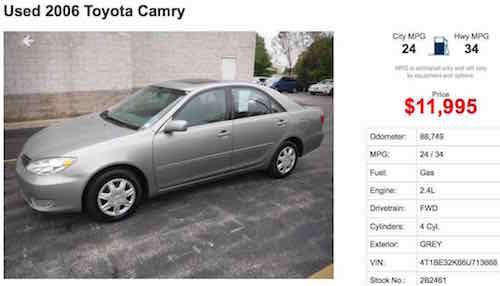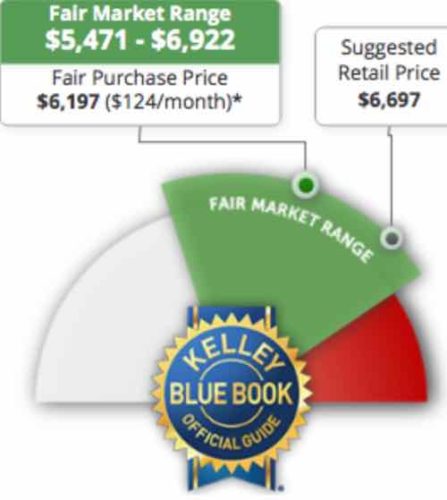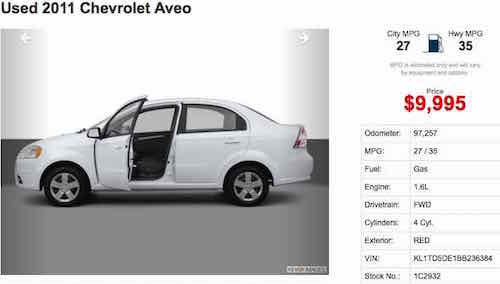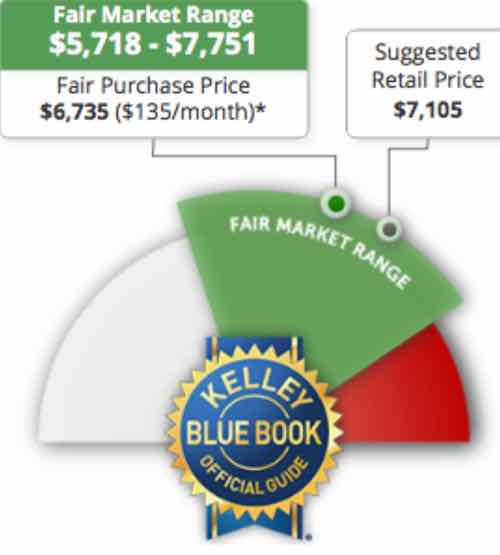Know Your Ballot: Propositions & Amendments
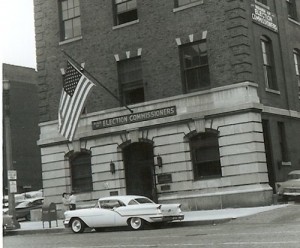
Absentee voting for the November 8th general election began in Missouri last Tuesday, but since I’m still researching items on the lower part of the ballot I haven’t voted absentee yet. I decided to start at the bottom and work my way up, so this post is my initial research on ballot issues. Most are statewide, but even the first applies to St. Charles County, St. Louis County, and the City of St. Louis:
Proposition S — senior services
Voters in 3 counties will vote on identical measures.
A November ballot measure seeks to create senior citizen service funds in St. Charles County, St. Louis County and St. Louis that together would raise about $18 million a year in property taxes to help people stay in their homes longer.
More than 50, mainly small, Missouri counties already have created similar programs to help provide transportation, food, health care and other services. If the new measures pass, they would be the largest of their kind in the state.
Proposition S would levy a 5-cent property tax on every $100 of assessed value, which boils down to $9.50 a year on a home worth $100,000. Local boards would decide which needs are a priority for residents who are at least 60 years old. (Post-Dispatch)
I’ll probably vote yes on this. It is often better for seniors to be able to stay in their homes as they age — it’s also cheaper on taxpayers. This is a good investment, assuming the local boards are well-managed. This is on the ballot because of Seniors Count St. Louis.
Proposition A/Constitutional Amendment 3 — cigarette/tobacco taxes
Regular readers know I’m a non-smoker who supports prohibition of smoking in public. I’ve also pointed out how low Missouri’s cigarette taxes are compared to neighboring states. So, you might think I’d be happy to see two ballot issues that raise taxes on cigarettes/tobacco. Wrong.
The campaigns behind both of the competing tobacco tax increase measures on the ballot were largely funded by tobacco companies. Large tobacco companies, in general, backed Amendment 3, the 60 Cent Cigarette Tax Increase Initiative, while some smaller companies and wholesalers supported Proposition A, the smaller tax increase.
Reynold’s American Inc. gave over $2 million to Raise Your Hand for Kids, which is supporting Amendment 3, the 60 Cent Cigarette Tax Increase Initiative. The drafters of Amendment 3 included a 67-cent-per-pack fee on wholesale tobacco sellers, raising the total state tax for smaller companies to $1.27 per pack. This added tax for small companies was designed to close an alleged loophole that allowed small companies to evade making payments to 46 states mandated by a multi-state court settlement to help offset Medicaid costs. Missouri Attorney General Chris Koster had been pressuring the Missouri General Assembly to end this loophole and demand lost payments from small companies totalling $50 million annually.
Smaller companies such as Cheyenne International, LPC Inc., and Xcaliber International donated toward the Proposition A, the 23 Cent Cigarette Tax Increase Initiative, largely to oppose the Amendment 3. Chuck Hatfield, lawyer for Cheyenne, said that the Amendment 3 was “about Big Tobacco wanting to tax their competitors. That’s what this has always been about.” (BallotPedia)
Given this information, I’ll be voting no on both.
Constitutional Amendment 6 — Voter ID
Voter ID laws in other states have been controversial and ruled unconstitutional, but that didn’t stop the Republican-controlled legislature from overriding the veto to place this on the ballot. Their intent is very clear — discouraging/preventing African-Americams from voting. Period. What about the 78th House Dist race? A voter ID wouldn’t have made a difference, the St. Louis Board of Elections had created a secondary process for absentee ballots that was abused.
In January a Missouri State Senator argued in favor of such a law:
Kraus said Missouri needs a voter I.D. law because there have been more than 16 cases of “some type of voter fraud” in Missouri. That number isn’t wrong, but it doesn’t support Kraus’ assertion that photo identification would solve the problem — or that there is a problem of people impersonating voters.
Kraus’ statement is partially accurate but takes things out of context. We rate his claim Half True. (PolitiFact Missouri)
I’ll be voting no.
Constitutional Amendment 4 — banning new sales/use tax on services
More states are looking to tax services, so some in Missouri are trying to stop it from happening here:
Could Missouri tax haircuts, veterinary services, pedicures and yoga classes? Missouri voters will have their say this November at their polling place with Amendment 4.
The “Taxpayer Protection Amendment” was certified for the ballot this month. If approved by voters it would ban a sales tax on services.
The amendment would prevent the state from taxing such services as car repairs, tattoos and lawn care.
Currently, consumers don’t pay taxes on those services. Inconvenienced travelers pay a sales tax on a new tire but not on the service of replacing a flat.
But despite Missouri’s current lack of a sales tax on services, Amendment 4’s supporters – primarily the Missouri Association of Realtors, which circulated the initiative petition – see trouble on the horizon. (Missouri Times)
Taxing service transactions could be a headache for those providers, but this might also help budgets in areas heavy on service but low on retail. Hmm…
Retired financier Rex Sinquefield is a potential adversary, especially because he’s advocated for replacing Missouri’s income tax with an expanded sales tax. An e-mail to one of Sinquefield advisors wasn’t returned about whether he’d actively oppose Amendment 4. (St. Louis Public Radio)
This might force sales taxes to go up even more — an unintended consequence. I’m not sure yet how I’ll vote on this issue.
Constitutional Amendment 2 — campaign limits
Big money flowing into politics is something I generally favor trying to limit/stop:
The measure would cap donations to candidates at $2,600 per election and to political parties at $25,000. It also would impose other campaign finance restrictions aimed at preventing political committees from obscuring the source of their money.
In November 1994, 74 percent of Missouri voters approved a ballot measure limiting contributions to state candidates. The Republican-led General Assembly repealed contribution limits in 2008, which at the time stood at $1,350 for statewide candidates, $675 for Senate candidates and $325 for House candidates. (Kansas City Star)
Even though the person behind this is anti-abortion, I’ll likely vote yes.
Constitutional Amendment 1 — renew tax for soil/water conservation
This measure has been renewed in the past:
Amendment 1, upon voter approval, would renew the existing sales and use tax of 0.1 percent for 10 years. The revenue from the tax goes toward conservation efforts, and the measure was designed to “continue to generate approximately $90 million annually for soil and water conservation and operation of the state park system.”
Constitutional Amendment 1 was automatically referred to the 2016 ballot. This measure originated with a 1984 constitutional amendment. Due to the wording of this original amendment and subsequent iterations, the measure must be reapproved by voters. It is automatically referred to the ballot every 10 years. Previous versions of this amendment were approved in 1988, 1996, and 2006. If Amendment 1 is not approved in 2016, it will not be referred to future ballots. (BallotPedia)
I’ll vote yes to continue this tax.
Next week I’ll post on judges up for retention.
— Steve Patterson



